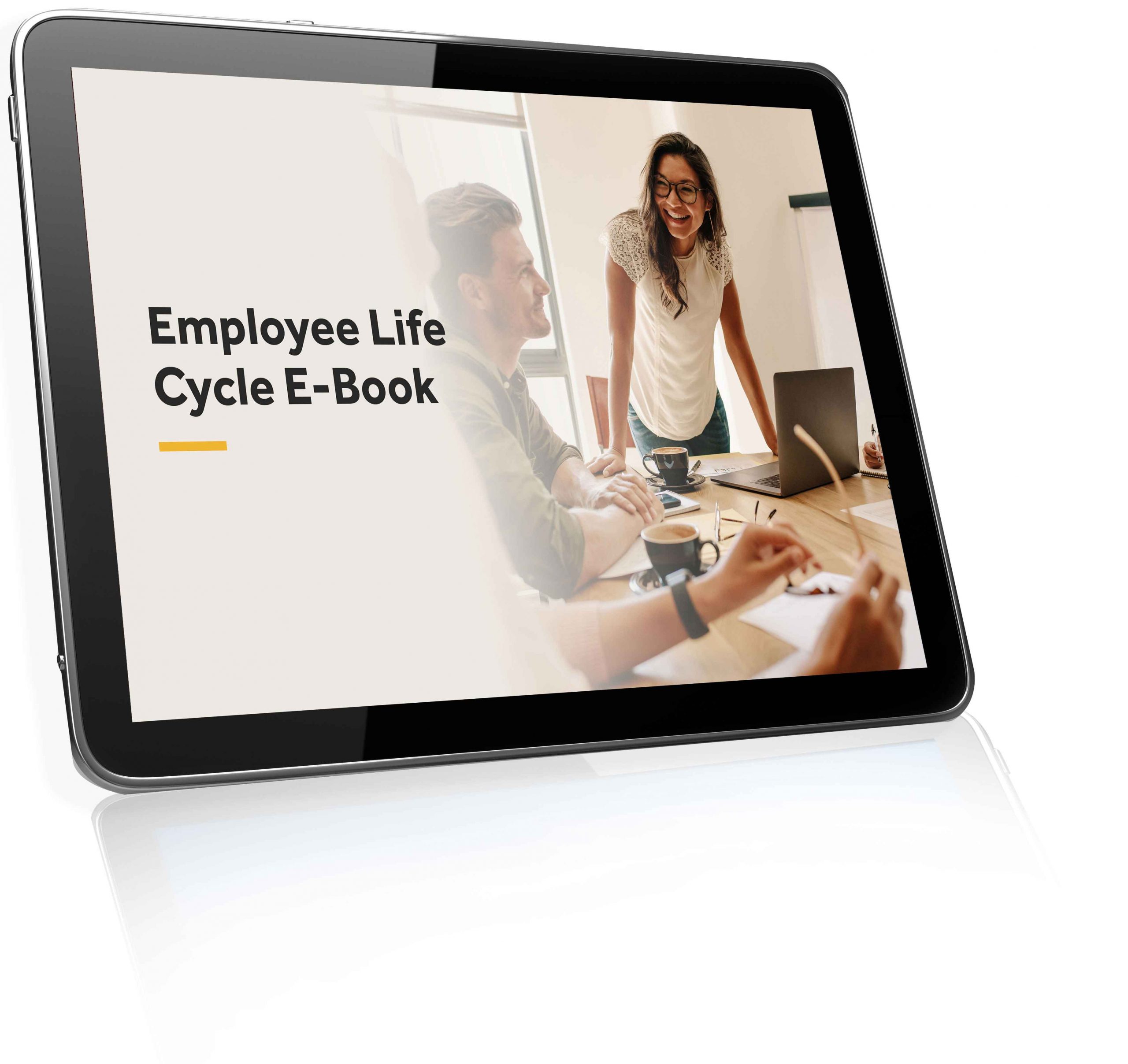
What is an exit interview?
As an employer, it’s inevitable you will see your fair share of employees come and go. When an employee does decide to part ways with your company, you have the chance to conduct an exit interview and collect valuable feedback about what it’s like to work with your business.
Structured exit interviews offer an opportunity to gain insights and practical ideas about how you can improve your business’s policies, procedures and company culture. This can help you increase job satisfaction for new and current employees, which in turn can give a serious boost to your employee retention rates.
This guide will help you decide what questions to ask and how to structure your exit interview, ensuring you use the process to improve the experience for future employees.
Why do companies conduct exit interviews?
Conducting exit interviews offers your business a range of benefits. Below are some of the most common reasons for conducting employee exit interviews:
Find out why the employee is leaving.
Learn what the company is doing well, and where it has opportunities to improve.
Update the job title and description if they no longer match the role.
Give the employee a chance to express their dissatisfaction with certain areas of the business.
Discover what policies and procedures are pain points for your staff.
Be alerted to any wrongdoing or malpractice in the business.
Develop practical ideas for enhancing company culture and employee morale.
As this list of benefits shows, exit interviews are an important (but often neglected) part of the employee lifecycle.

Have you optimised your employee lifecycle?
Attract great staff, retain employees and improve productivity in your business by having an effective system to navigate the employee lifecycle. Download our FREE E-Book today to learn all about building an engaging employee lifecycle.
The basics of exit interviews
Most exit interviews are conducted in a private environment and consist of one-on-one discussions between the leaving employee and a HR staff member.
HR will often collect results from multiple exit interviews and share the feedback anonymously with the employer, protecting the privacy of the departing employee’s opinions.
In most cases, it’s best if the interview is conducted by someone other than the employee’s immediate line manager. Doing so may make it it difficult for the employee to speak openly about their role and teammates (not to mention their line manager!).
Unlike a job interview, the employee in question is not competing with other candidates or being investigated for misconduct, so you don’t need to follow a formal structure or checklist. By keeping the process casual and relaxed, this will help the employee feel at ease and more willing to provide honest feedback.
It’s normal to hold the exit interview leading up to the employee’s last day. However, don’t arrange the interview on their last day itself. At this point, the employee may feel ‘checked out’ from the company and less willing to provide useful feedback.
It’s important to remember that exit interviews are completely voluntary. If, for whatever reason, the departing staff member does not feel comfortable performing the interview, there should be no repercussions if they choose not to attend it.
Standard exit interview questions
The exit interview is your last chance to have a meaningful discussion with a departing employee. For this reason, you want to ask the right questions and end the employment relationship on a positive note.
Think about the kind of questions you want to ask and the outcomes you want to achieve as a result. It’s best to stick to questions that relate closely to the circumstances of the person’s role in the company and their opinion of the workplace experience as a whole.
The questions you ask should lead to answers that can be acted upon to improve important aspects of the business.
Below is a list of standard questions that you might choose to ask. However, feel free to add, remove, or modify these questions to suit the needs of your business.
What circumstances led you to leave your current position?
How would you describe the working relationship with your colleagues, management and employer?
Did you feel you were adequately trained, equipped, and prepared to effectively perform the duties of your role?
Do you feel that your job title or job description changed during the course of your employment? If so, in what way has it changed?
What were your favourite parts of working at this job?
What areas of this company do you think could be improved?
Is there anything you would change about this job?
Were there any company policies or procedures that you disagreed with, or felt they could be improved? If so, how?
Do you have any concerns of illegal or unethical activity in this company?
Is there anything else you would like to add?
The exit interview process
There are few simple steps to follow in order to make sure your exit interview process is a success:
Step 1: Have the employee exit interview take place in a quiet and comfortable room that is private and free of distractions.
Step 2: Start the session with some casual dialogue to help the employee feel relaxed and eager to chat.
Step 3: Avoid jumping straight into the questions. If you do, the employee may feel like they are being interrogated and immediately put their guard up.
Step 4: Gently remind the employee there will be no consequences for giving honest answers in the exit interview, and the information will be used to improve the quality of the employee experience. Keep in mind some employees may be unwilling to answer questions truthfully, particularly if they are concerned about burning bridges or compromising their chances of future employment opportunities.
Step 5: Depending on your personal preference, you can give the departing employee an exit interview form to fill out, which contains multiple choice questions and short written responses. This can be used to complement the face-to-face meeting or may serve as the entire exit interview.
Receiving negative feedback
Finally, if you’re going to conduct an exit interview, you have to be prepared to receive constructive feedback. For you to gain accurate insights that are worth acting on, it’s important that employees are open and honest about their experience.
Employers who are dismissive of negative insights run the risk of intimidating employees, leading them to hold back with their opinions. Don’t let your pride get in the way of receiving information that helps you improve your business long-term.
Our experts have years of experience with performing exit interviews. For advice on how to conduct an effective exit interview that helps you build a better business, please contact our FREE Advice Line on 0800 568 012.










